#living fossils
Explore tagged Tumblr posts
Text
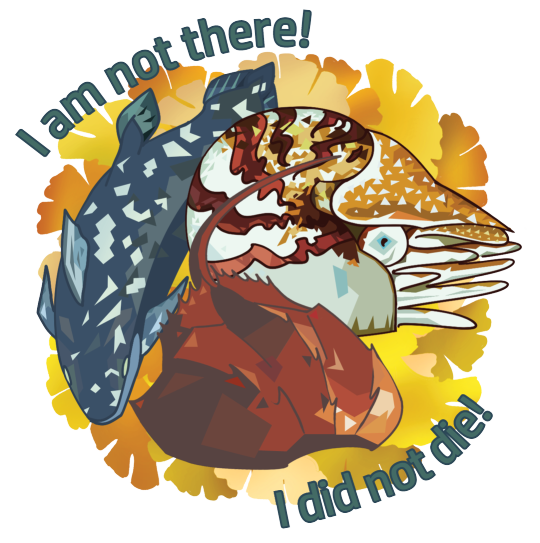
#artists on tumblr#art#illustration#artwork#myart#original art#digital art#marine biology#coelacanth#marine life#nautilus#living fossils#animals#ginkgo#fish#oceancore#ocean life#I'd say this has a paleontology vibe#but they're all still alive#... which is kind of the point#Text credit to “Do not stand at my grave and weep”#By Clare Harner
4K notes
·
View notes
Text

Living Fossils - Creatures that remain seemingly unchanged by time. Here's the Coelacanth, the Sturgeon, the Gar, the Horseshoe Crab and the Nautilus! (Gouache on 50x40cm canvas, SOLD)
#living fossils#marine biology#sea life#fish#coelacanth#sturgeon#gar#horseshoe crab#nautilus#sea creatures#marine life#gouache#traditional art#my art
12K notes
·
View notes
Text
Coelacanths are so cool, I wish they were rea- wait a minute
#imagine being a coelacanth enjoyer in 1938 and finding out that your favourite prehistoric fish is still alive and kicking#i would've gone crazy#coelacanth#coelacanths my beloved#coelacanth memes#prehistory#prehistoric#prehistoric sea creatures#living fossil#living fossils#memes#the insomniac archives
736 notes
·
View notes
Text









I draw still living critters too!
It started out as the Living Fossils section, but there's so may critters around today that deserve some love (and I especially wanted the blue whale for my coloring book's whale page ;) )
Stickers here!
Free Phone Wallpapers
Latimeria Coelacanth - Frilled Shark - Alligator Gar
Horseshoe Crab - Goblin Shark - Chambered Nautilus
Blue Whale - Maned Wolf - Triops
#art#my art#paleoart#biology#living fossils#coelacanth#latimeria#frilled shark#alligator gar#horseshoe crab#goblin shark#nautilus#blue whale#maned wolf#triops#paleo party
196 notes
·
View notes
Text
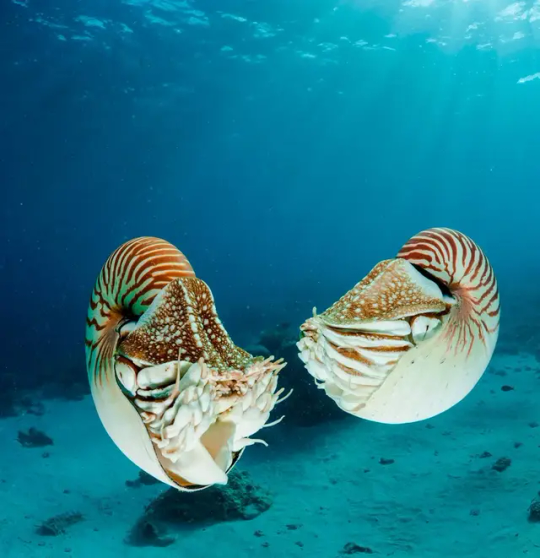
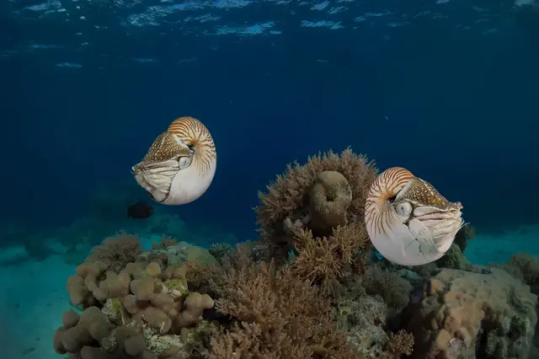
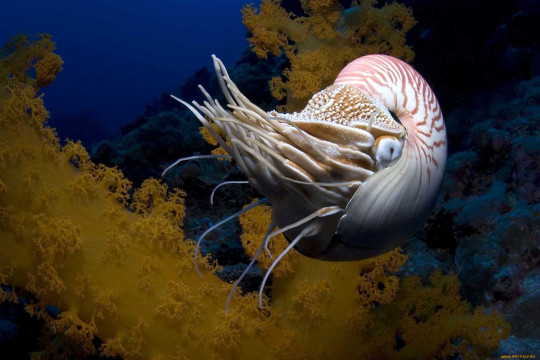
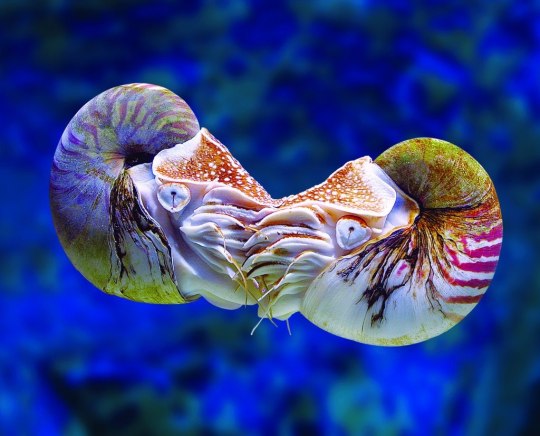
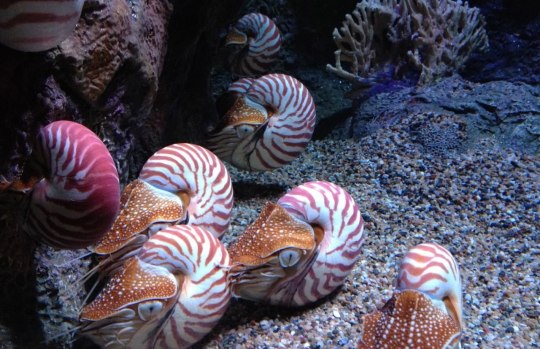
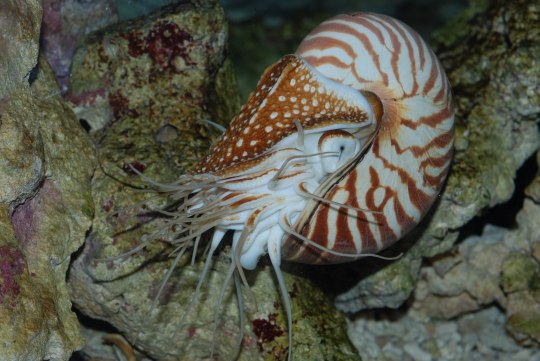
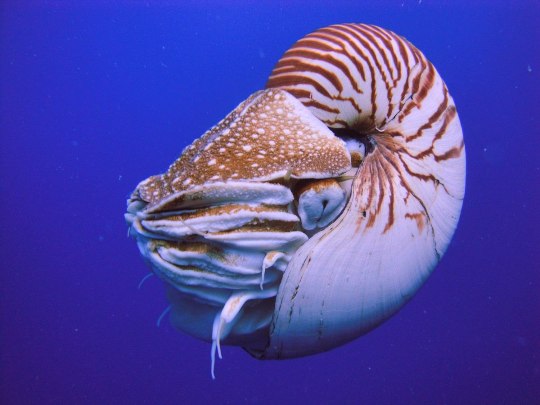
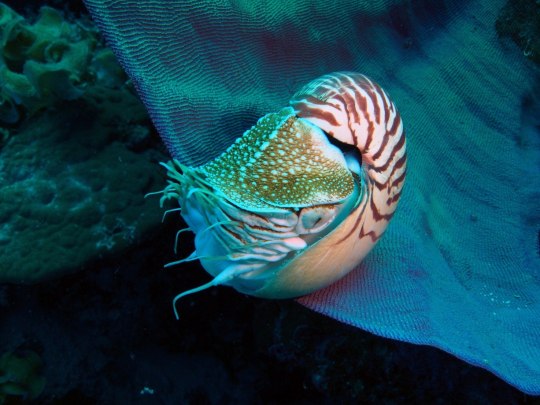




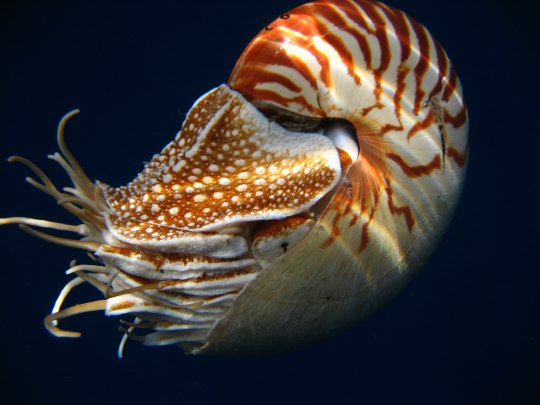
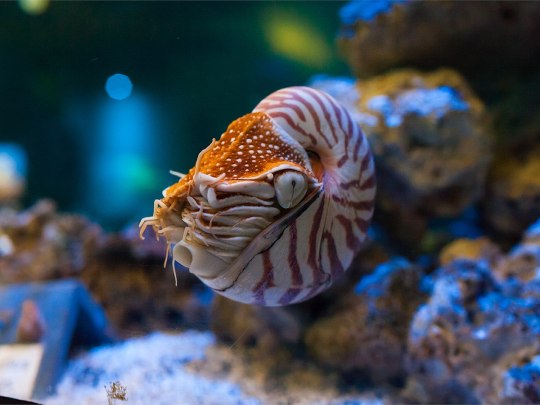
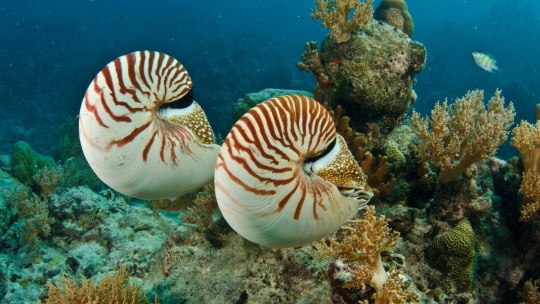
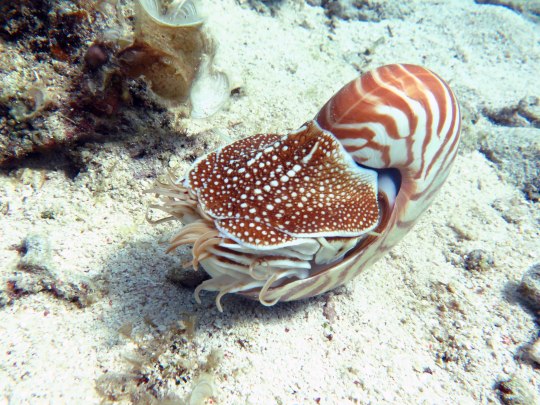
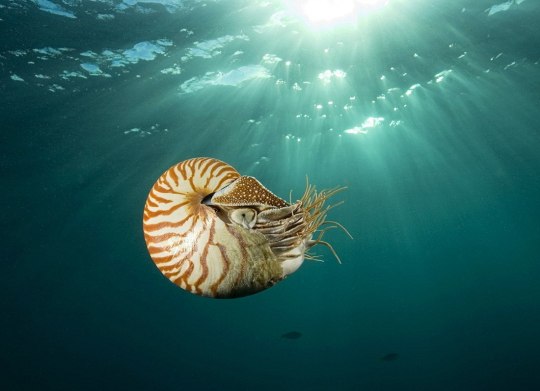

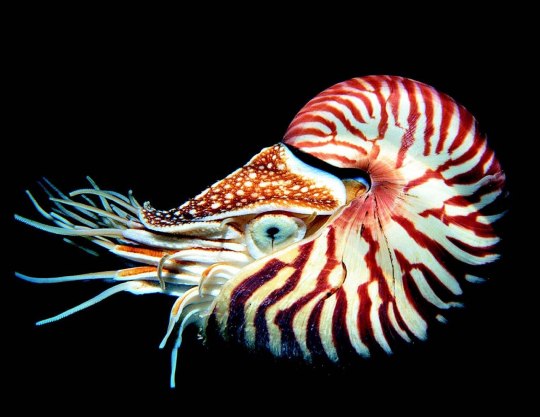

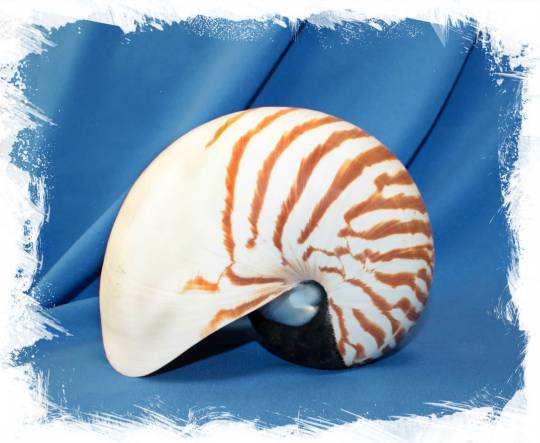
Наутилус (лат. Nautilus) — род головоногих моллюсков, которых относят к «живым ископаемым». Самый распространенный вид — Nautilus pompilius. Наутилусы относятся к единственному современному роду подкласса наутилоидей. Первые представители наутилоидей появились в кембрии, а его развитие пришлось на палеозой. Наутилиды почти вымерли на грани��е триаса и юры, но все же дожили до наших дней, в отличие от своих родственников аммонитов. Некоторые виды древних наутилусов достигали размера в 3,5 м. Представители самого крупного вида современных наутилусов достигают максимального размера в 25 см.
Спиральный «домик» моллюска состоит из 38 камер и «построен» по сложному математическому принципу (закон логарифмической прогрессии). Все камеры, кроме последней и самой большой, где размещается тело наутилуса с девятью десятками «ног», соединяются через отверстия между собой сифоном. Раковина наутилуса двухслойная: верхний (наружный) слой – фарфоровидный – действительно напоминает хрупкий фарфор, а внутренний, с перламутровым блеском – перламутровый. «Домик» наутилуса растет вместе с хозяином, который перемещается по мере роста раковины в камеру попросторней. Пустое жилище моллюска после его гибели можно встретить далеко от его места обитания – после гибели «хозяина» их раковины остаются на плаву и перемещаются по воле волн, ветров и течений.
Интересно, что двигается наутилус «в слепую», задом наперед, не видя и не представляя препятствий, которые могут оказаться на его пути.И еще одно удивительное качество этих древних обитателей Земли – у них потрясающая регенерация: буквально через несколько часов раны на их телах затягиваются, а в случае потери щупальца быстро отрастает новое.
Nautilus is a genus of cephalopods, which are classified as "living fossils". The most common species is Nautilus pompilius. Nautilus belong to the only modern genus of the Nautiloid subclass. The first representatives of the Nautiloids appeared in the Cambrian, and its development took place during the Paleozoic. The Nautilids almost died out on the border of the Triassic and Jurassic, but still survived to the present day, unlike their Ammonite relatives. Some species of ancient Nautilus reached a size of 3.5 m. Representatives of the largest species of modern nautilus reach a maximum size of 25 cm.
The spiral "house" of the mollusk consists of 38 chambers and is "built" according to a complex mathematical principle (the law of logarithmic progression). All chambers, except the last and largest, where the nautilus body with nine dozen "legs" is located, are connected through holes with a siphon. The nautilus shell is two–layered: the upper (outer) layer – porcelain–like - really resembles fragile porcelain, and the inner, with a mother-of-pearl luster - mother-of-pearl. The nautilus's "house" grows with its owner, who moves as the shell grows into a larger chamber. The empty dwelling of a mollusk after its death can be found far from its habitat – after the death of the "owner", their shells remain afloat and move at the will of waves, winds and currents.
Interestingly, the Nautilus moves "blindly", backwards, without seeing or imagining the obstacles that may be in its path.And another amazing quality of these ancient inhabitants of the Earth is that they have amazing regeneration: in just a few hours, the wounds on their bodies heal, and in case of loss of tentacles, a new one grows quickly.
Источник:://t.me/+t0G9OYaBjn9kNTBi, /sevaquarium.ru/nautilus/, /habr.com/ru/articles/369547/, //wallpapers.com/nautilus, poknok.art/6613-nautilus-molljusk.html, //wildfauna.ru/nautilus-pompilius, /www.artfile.ru/i.php?i=536090.
#fauna#video#animal video#marine life#marine biology#nature#aquatic animals#cephalopods#Nautilus#nautilus pompilius#living fossils#ocean#benthic#coral#plankton#beautiful#animal photography#nature aesthetic#видео#фауна#природнаякрасота#природа#океан#бентосные#головоногие моллюски#Наутилус#живое ископаемое#коралл#планктон
182 notes
·
View notes
Text
Fish of the Day
Happy Thursday, everyone! Today's fish of the day is the Australian lungfish!
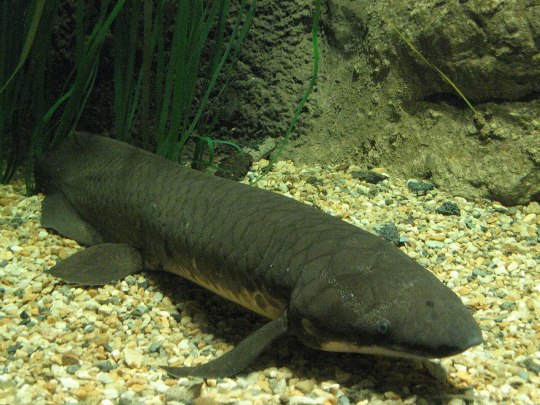
The Australian lungfish, or barramunda, known by scientific name Neoceratodus forsteri is one of the 6 surviving lungfishes of the modern world. The other 5 lungfishes are scattered to other sections of the world, one in South America, and the other 4 all living in Africa. As the name implies, this lungfish is endemic to Australia living in South Eastern Queensland, or for those who don't know the general areas of Australia, the upper right corner of the country. Living exclusively in slow moving streams, still waters, and various waterside banks living entirely in freshwater systems. This fish is primarily nocturnal, and almost entirely carnivorous. Its diet consists of: frogs, larvae, bugs, plant material, earthworms, fishes, small invertebrates, and anything else it can catch. They are primarily bottom dwellers, and prey is caught directly in the mouth and then crushed multiple times, being positioned correctly by a bone called a hydroid apparatus. Australian lungfish have the most primitive of surviving lungfish feeding behaviors.

Australian lungfish are best known for their ability to survive dry seasons. However, unlike African lungfish, which can survive fully in droughts by submerging themselves into This is done by submerging the body in the mud, and rising to the surface to swallow oxygen into a single dorsal lung. This lung is only supplementary, and the fish prefer to breathe through their 5 gills. Of the six lungfish, the Australian lungfish is the only one to not have two lungs, but rather a fold down the center of the single lung acting as a wall, which blood capillaries run through, allowing gas exchange. Unlike it's African counterparts, the Australian lungfish can not survive total water depletion, (other lungfish survive this by creating a layer of mucus around itself and living there for several years until water returns). Australian lungfish can survive several days out of the water, but can not do so unless it is in a moist environment, usually mud.
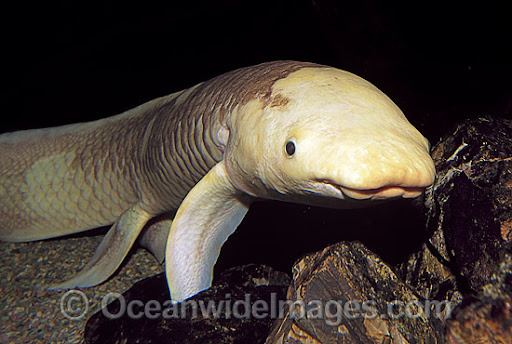
Fossil records of lungfish tell us that some of their first fossils can be found from 410 Million years ago, being the closest living relative to the tetrapod. The last shared ancestor between the lungfish and tetrapod was 420 Million year ago. Originally, these animals started as marine creatures, but sometime in the carboniferous the species became freshwater exclusive, around the same time that the last common ancestor to all remaining lungfish lived. Australian lungfish in particular appear to have split off about 380 million years ago, and have remained virtually unchanged from their ancestors for over 100 million years, giving them the title of living fossils!

Not only have they remained incredibly similar over the years, they have a long lifespan for individuals as well. A captive Australian lungfish named granddad was shown to live to 108 years (+- 6), with the expected lifespan of wild lungfish surviving at least 20-25 years after they reach sexual maturity. In Australian lungfish, similar to other lungfish species in the world, sexual maturity is reached in males after 17 years, and 22 years in females. Australian lungfish have elaborate courting rituals consisting of three distinct phases. The first phase is searching, where the lungfish will breathe loudly, making mating calls with its single lung. The second is called "follow the leader" where males will attempt to entice a female by nudging and rubbing snouts with her, often at the same time as competitors. The last stage is where two lungfish will descend to lay and fertilize eggs, females producing 2 eggs per spawning season. After breeding, the eggs are left to sink in the vegetation, as Australian lungfish do not nest or care for their young. This is unlike all other lungfish species.

Have a wonderful Thursday, everyone!
#fish#fish of the day#fishblr#freshwater fish#freshwater#australian lungfish#Barramunda#queensland lungfish#lungfish#australia#living fossils
120 notes
·
View notes
Text

The following is a digital doodle of a Allenypterus that I made. I did this as practice, I hope y'all like this drawing of this prehistoric Coelacanth.
#allenypterus#coelacanth#prehistoric#fish#paleoart#paleontology#artist#artists on tumblr#digital art#art#animals#living fossils#fossil fish#digital artist
94 notes
·
View notes
Text
(sorry if your fave isn’t on there!)
415 notes
·
View notes
Text
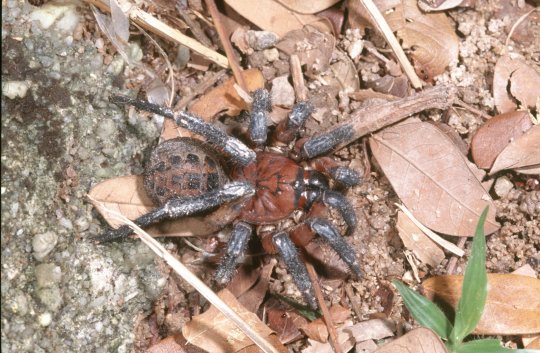
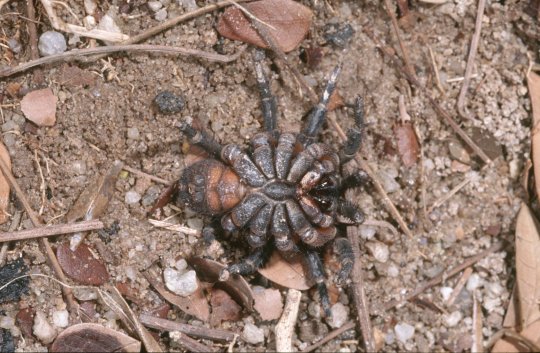
A segmented spider, Liphistius desultor, from Penang, Malaysia. Segmented spiders (from the suborder Mesothelae) are the most primitive living spiders in the world. They have virtually remained unchanged from late Palaeozoic times to today. Sometimes they are referred to as living fossils. (Copyright © Mike Gray, "Spider Origins" Australian Museum).
#liphistius#liphistius desultor#spider#spiders#segmented spider#segmented spiders#primitive#arachnid#arachnids#animal#animals#living fossil#living fossils#mesothelae#penang#malaysia#article#articles#mike gray#australian museum#nature
21 notes
·
View notes
Text
The team believes that gars have an unusually strong DNA repair apparatus. This allows the fish to correct somatic and germline mutations. They found that the gars’ DNA consistently evolves up to three times more slowly than any other major group of vertebrates.
2 notes
·
View notes
Photo

Challenge #03781-J128: Crickey, What a Beauty
A planet is found to be a near duplicate of the nation on Earth known as Australia. Its indigenous plants and wildlife are nearly duplicate of that nation, except here, animals that humans drove into extinction still live. Convergent evolution at its finest. The N'Ozzies LOVE it! -- Anon Guest
If there were any further proof needed that Humans are "space orcs" as they put it, they usually look no further than N'Oz. A planet terraformed to be a copy of the hazardous island-continent. There was, however, extra proof beyond that.
An entire planet that was like that without outside interference. Including the ancient Australian megafauna.
Science was instantly fascinated. Immediately sending exploratory drones to see if someone hadn't been up to shenanigans at some point. No such evidence existed, the beasts there were the results of convergent evolution.
[Check the source for the rest of the story]
5 notes
·
View notes
Text
"Living fossils" are never relics frozen in time, but the last survivors of more diverse lineages. The final heirs to a once-great dynasty.
Other posts go into more detail on this, but if you ever find a meme-like claim that a certain taxon has "never evolved" since so and so millions of years, it's most likely that, just a meme.
Crocodiles? Land crocodiles were, at many points of history, as common as amphibious crocodiles. In South America when it was a island-continent, they were among the main predators.

Horseshoe crabs? They have a rather well documented evolutionary history.
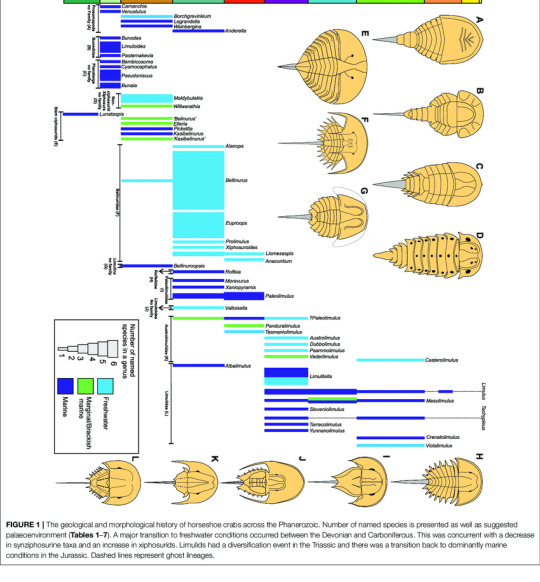
Sharks? Buddy you aren't even ready to know how fucking weird prehistoric sharks were:
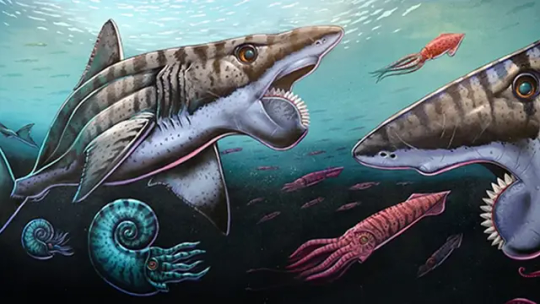


(in order: Helicoprion (ONE reconstruction, we still don't have any idea how it worked), Stethacanthus, Aquilolamna)
Yes, for sure, some life forms have been very successful, I won't pretend the amphibious crocodile body plan hasn't been very succesful and conservative since the mesozoic. Plants are also remarkably conservative (not as much as you'd think, though). But every time you see the "X hasn't changed at all for millions of years, it's the perfect creature!" it's just a meme that obscures real life evolution and diversity.
1K notes
·
View notes
Text

#trolleng#trolledu#information board#information boards#info board#insects#new species#new discoveries#amazing places#modal present perfect#gondwana#gondwana land#gondwanaland#ancient earth#ancient species#ancient animals#living fossil#living fossils
1 note
·
View note
Text
Ginkgos have unique leaves and beautiful autumn colors but I can't look at them the same way since learning they have motile sperm like goddammit is this tree's cum swimming around in my nose right now
1 note
·
View note
Text
"...jellyfish haven’t changed. They haven’t needed to. What they do, and how they do it, works. They are so adaptable and so perfectly suited to changing environments they have outlived 99 percent of the species that have ever existed. And still they thrive."
0 notes
Text
Have you considered that the time tables are just wrong(again)
NEW FISH JUST DROPPED
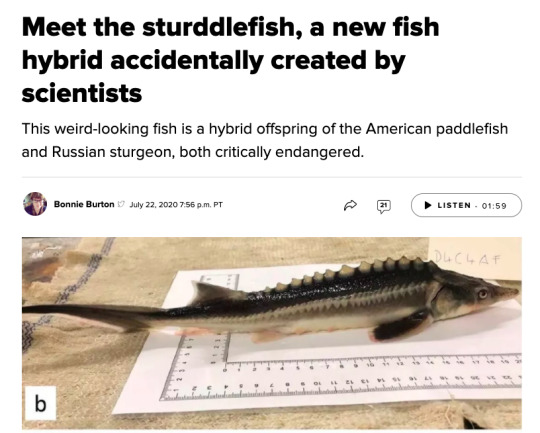
#Coelacanth#Monoplacophoran Mollusks#Lazarus taxon in general#living fossils#Ever think maybe they are just really bad at this timescale stuff?#Funny fish story though#very cool fish!
129K notes
·
View notes